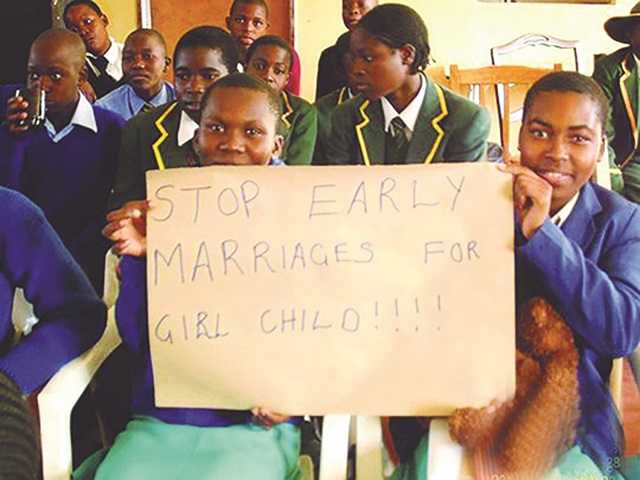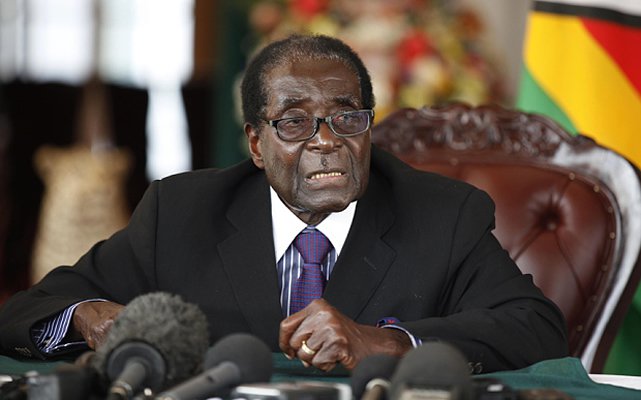Child marriages spawn 95 000 pregnancies per year, stats reveal

Thandeka Moyo, Health Reporter
ABOUT 95 000 children in Zimbabwe fall pregnant due to child marriages each year, new data has revealed.
Statistics show that approximately 500 000 teenagers fall pregnant every year, with 19 percent of the pregnancies in this group a result of child marriages.
Adolescent pregnancy remains a major challenge and contributor to maternal and child mortality and the vicious circle of ill-health and poverty in Zimbabwe.
About 24 percent of the country’s population is in the 15 to 19 years age group.
“Almost a fifth — 19 percent of female adolescents age 15-19 years were pregnant as a result of early marriage,” reads the report by the Ministry of Health and Child Care, United Nations Population Fund (UNFPA) and Zimbabwe National Family Planning Council (ZNFPC).
The same report says 48 percent adolescents have confirmed that the pregnancies were unplanned while 45 percent said they wanted a child.
“Another concern on children is the proportion of adolescent girls aged between 15 and 17 years who got pregnant because of early marriage which stands at 19 percent showing the prevalence of child marriage in the country. About 11 percent were sexually abused or raped indicating child sexual abuse,” reads the report.
It said Mashonaland Central province has the highest prevalence rate of adolescents falling pregnant with 28, 1 percent followed by Manicaland province with 25,4 percent.
“On position three is Matabeleland North with 23,6 percent followed by Matabeleland South with 22 percent and then Mashonaland East stands at 18,5 percent.
Mashonaland West has 16,3 percent while Bulawayo has the third least prevalence at 11,1 percent followed Masvingo at 8,3 percent. Harare has the least prevalence at 6.8 percent,” reads the document.
ZNFPC provincial manager for Matabeleland region Mr Blessed Gumbi said the Ministry of Heath and Child Care had launched the National Adolescent and Youth Sexual and Reproductive Health Strategy 2016-2020 aimed at reducing the teenage pregnancy rate from 22 percent to 12 percent by 2020.
“Teenage pregnancies are still a burden in the country which needs to be addressed to avert a lot of health problems. We are also working towards increasing contraceptive prevalence in Zimbabwe from 65,6 percent to 68 percent by 2020,” he said.
The UNFPA says each adolescent pregnancy poses risks of maternal and child morbidity and mortality.
The health risks include maternal deaths, pregnancy complications such as obstetric fistula, uterine rapture and unsafe abortions.
“Adolescent pregnancy has a huge psycho-social, economic and health consequences including emotional stress, low self-esteem, dropping out of school forced marriage and promiscuity.
“Adolescent pregnancy is also associated with poor child health outcomes such as child mortality, low birth weight, pre-term births, malnourished babies and malnutrition,” says UNFPA.
@thamamoe











Comments